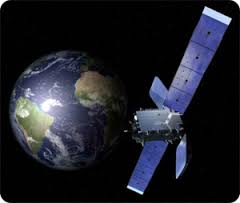
The main objective of the European Space Agency’s Euclid space mission is to study dark energy. It was selected by the ESA in 2010, and is expected to be launched in 2020. Euclid will map the sky by carrying out optical plus near-infrared (NIR) imaging observations over an area of 15,000 square degrees, thereby detecting hundreds of millions of galaxies. It will study dark energy by observing gravitational distortions and the clustering of galaxies. The Institute of Space Science is playing an active part in the mission, making contributions to the instrumentation, the scientific ground segment, the scientific development groups and the management of the project.
Cycle: SCIENCE ON MONDAY: The Universe as seen by satellites
Organized by: Residence for Researchers, the Institute of Space Science of CSIC (ICE-CSIC), the Institute of Space Studies of Catalonia (IEEC), CSIC Delegation in Catalonia